Katya Grokhovsky on
Art, Activism, Feminism, Migration, Nostalgia
and Socio-Political Matters

Katya Grokhovsky
Katya Grokhovsky’s art captures our attention, its effect and power intrigues us towards an enclave of notions and issues that Grokhovsky’s multidisciplinary artistic talent brings out in a bold, intelligent and impressive way.
Throughout her art performances, art videos, sculptures and art on paper, Grokhovsky’s work looks into her experience as a woman immigrant, exploring gender, alienation, immigration, nostalgia and displacement. With art materials, fabric and movement, the personal and political intertwining, the artist engages the audience and draws us into meaningful matters, such as looking at value, the idea of home, the self and socio-political issues. A passion for art is steeped within the artist’s work, where Katya Grokhovsky wraps her art in activism.
Plunged in colours and sentiments, Grokhovsky's art contains expression, care and purpose. She founded The Immigrant Artist Biennial in 2019 to help artists and to come together. Born and raised in Ukraine, Grokhovsky has and continues to apply her art in aid for Ukraine.
As we dive into the artist's work, and delve into identity, feminism, migration and much more, Katya Grokhovsky reveals how art has accompanied her life and her thoughts...
What first drew you to art, and when did you start to look at art as a form of expression, as well as a tool to explore socio-political issues?
I was born with a highly visible creative gene, and for as long as I can remember, I was artistic. I attended art school for children in Ukraine and studied art and design in Australia, England and the U.S. Art has been my form of expression my entire life and as I started practicing professionally, I quickly discovered many issues I wanted to explore through my work, often urgent and politically charged. I have dedicated my life to art in a variety of ways and formats and I believe there isn’t anything else I am meant to do.
Migration and identity are two notions you delve into throughout your work. Can you share with us about part of your journey, being born and raised in Ukraine, migrating to Australia and currently living in New York, what are the memories you hold onto, varied influences or impacts, throughout your journey, that fed into your art?
The strongest sense of identity I possess is being originally from Ukraine and migrating to Australia with my family when I was 15. I eventually moved to the U.S. to pursue my graduate degree and migrated again on my own. A concept of “immigrant” has been placed on me immediately upon arrival in the West and a sense of confusion and displacement accompanied my life ever since. My work carries all these experiences through a sense of alienated self and rootlessness, as well as an ongoing search of an anchor.

Katya Grokhovsky, Phone Home, 2021, photo Walter Wlodarczyk
It’s heartbreaking to see what is happening in Ukraine, all heartily hope all your family and loved ones are safe. You took part in a fundraiser for Ukraine in April, raising funds and awareness. If anyone would like to, where can we all go to help and support? Is there any news you would like to share about art and the art community in Ukraine?
All I can say at this point as we are in a sixth month of current invasion: there needs to be ongoing and consistent level of awareness present around the world. Silence, ignorance, and complacency of the world in this matter can only mean ultimate death sentence for Ukraine. There are countless organizations such as Razom for Ukraine who work to support Ukraine. I wish there was a more substantial and consistent art world encouragement for Ukrainian artists, refugees and immigrants through opportunities, dialogue, exchange and recognition, as a necessary gesture of care, as well as preservation and progress of Ukrainian heritage, legacy and culture in a global context.
Your project ‘Point A’ looks at the idea of home, missing spaces and objects, nostalgia and melancholy. What relationship do you have with objects, and can you tell us more about the project and its notion of play and material experimentation as a soothing gesture during difficult and challenging times.
As a perpetual immigrant, I am used to a complicated relationship with objects, places and people. Relocating and leading a nomadic life has taught me to attach and detach rapidly, designating many aspects to memory. This type of homelessness has shaped my process of working with discarded materials, repurposing, recycling and disposing of my own works in a cyclical manner. Play and experimentation are both integral components of my practice, acting as tools of discovery and innovation.
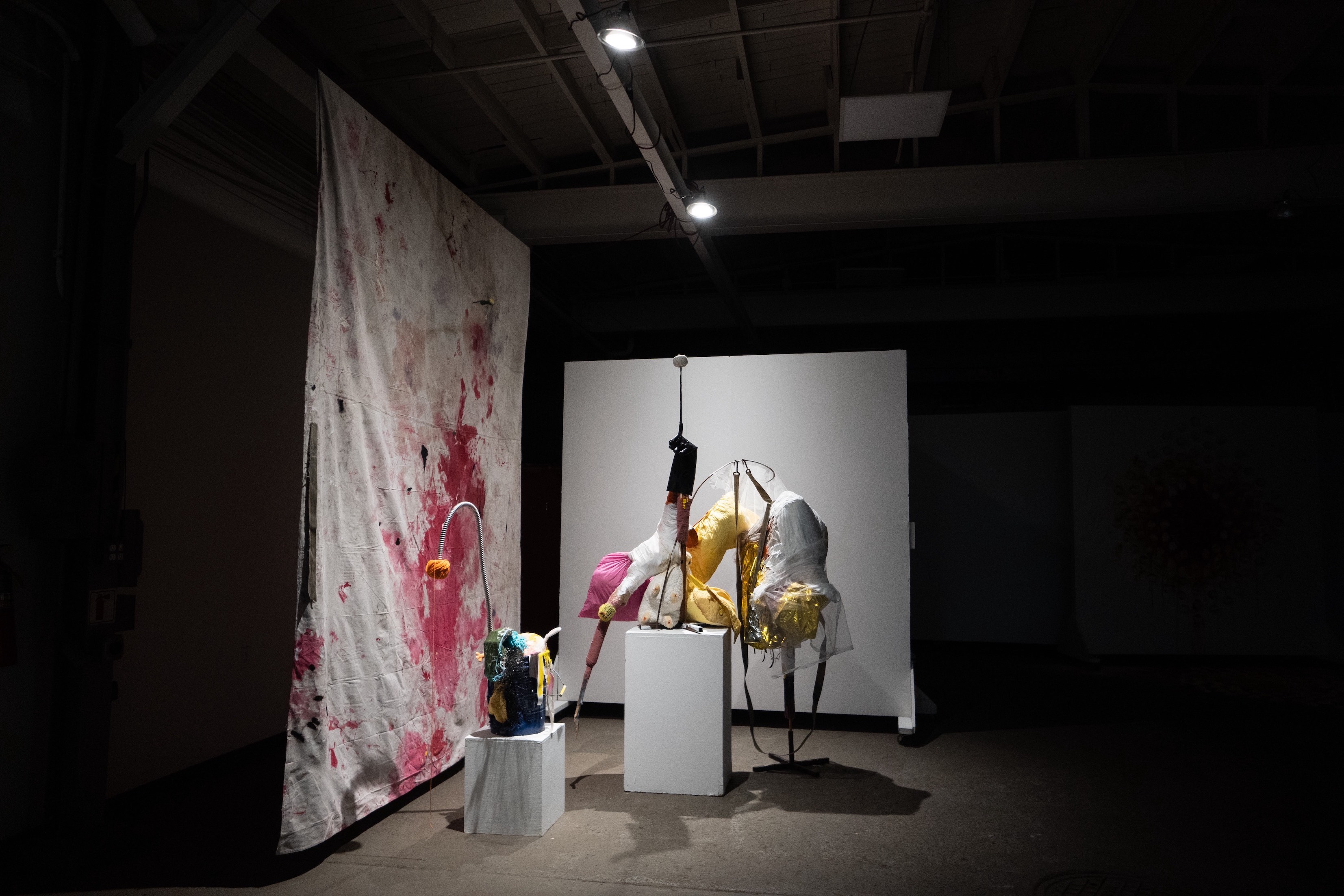
Katya Grokhovsky, Point A, 2022, photo Tom Sblendorio
Do you feel like the idea or meaning of home has changed or evolved because of technology and its globalizing feature? ‘School of Low Expectations’ and ‘Postcards from America’ are two online projects started during the pandemic’s lockdown, and you use video and film in your projects, how do you place social media and technology in your work?
To me, the meaning of home has always been a moving target, a fleeting, yet significant place of safety, comfort and protection, a particular feeling. Digital work often appears more prominently in my practice when my art doesn’t have a physical space to call home, mostly when I travel or during the lockdown or illness. From video to digital painting and the use of AI software to map out new works, technology has been consistently present as a backbone in my process.
‘Fantasyland’ looks at the concept of the American Dream, on consumerism and capitalism. How did your ideas unfold into this project? And what are your thoughts on the meaning of value and the idea of transformation and mirage?
The idea of the American Dream has been an ongoing selling point of the U.S, especially to new immigrants and it always felt like a utopian concept to me. Going through migration process and living here now for the past twelve years, the dissonance between a dream and a reality is now a background fixture of my life here. I explore this in my work and am interested in repositioning values of ideas, objects and materials.
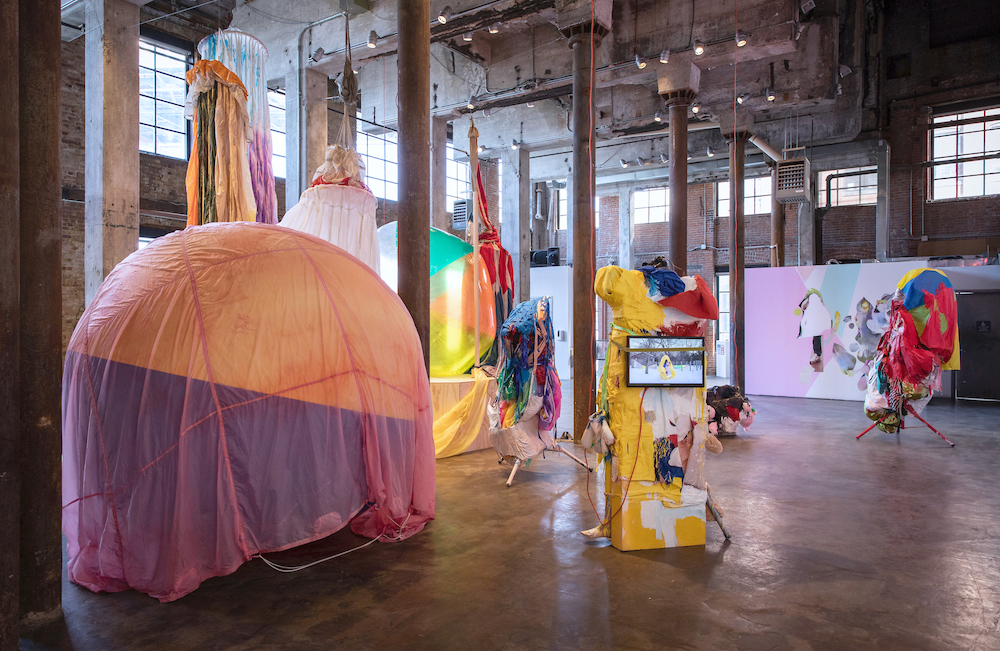
Katya Grokhovsky, Fantasyland, 2021, photo Walter Wlodarczyk
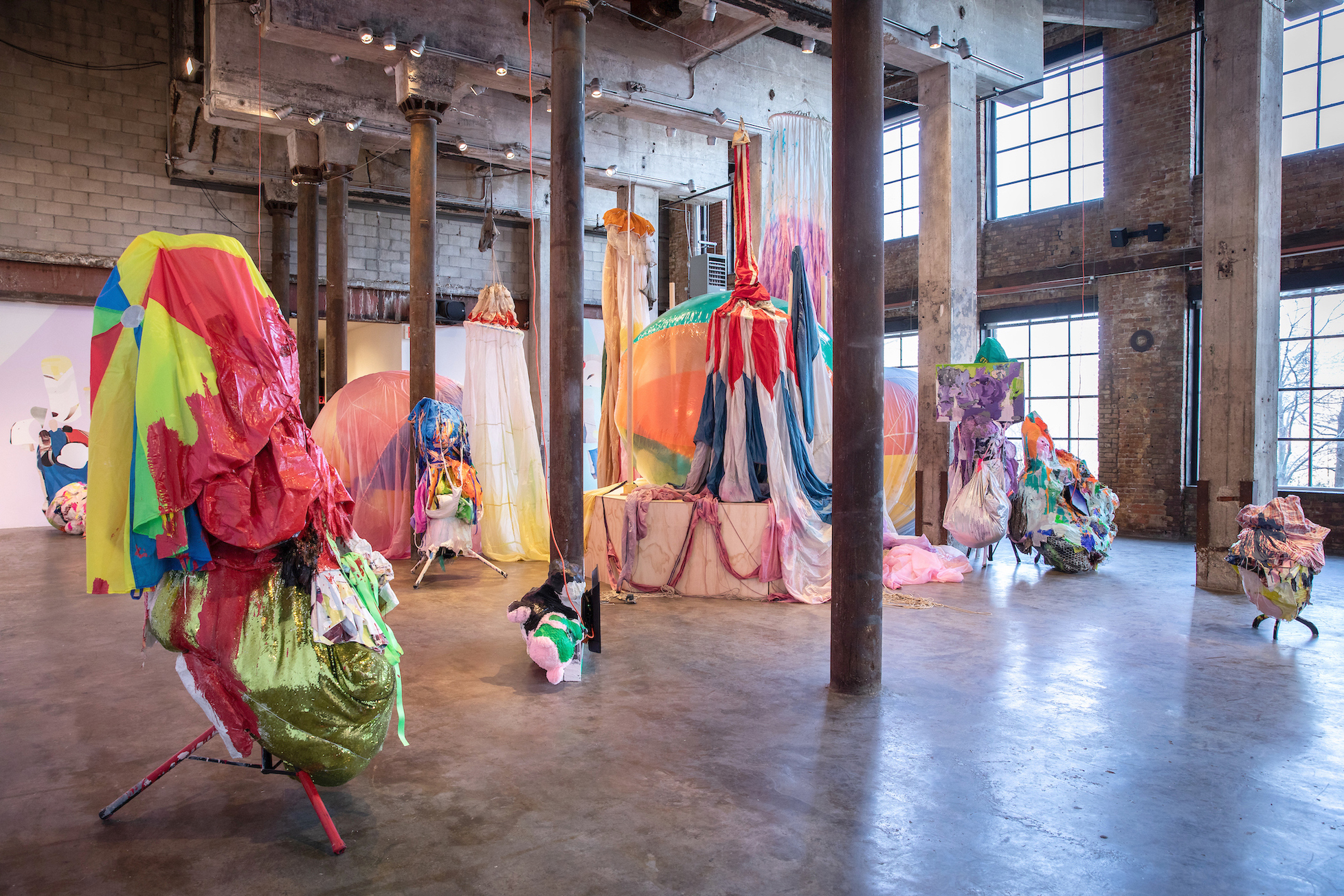
Katya Grokhovsky, Fantasyland, 2021, photo Walter Wlodarczyk
Art as protest and activism sit at the core of your work, with ‘Bad Woman’, you deconstruct and dismantle societal ideas of femininity, as well as the male gaze. How would you define feminism and how do you view the body and its role in your art? What does ‘Bad Woman’ represent and how did the idea for it develop?
Feminism to me is a way of life, a belief system of equity. My work often contends with the fact of my body existing as a woman, experiencing microaggressions, sexism, ageism, objectification, underestimation and assault on bodily autonomy, agency and freedom. I consider the body in many of its manifestations in my work, directly in performance and video or indirectly in drawing, painting, fiber and sculpture, as often the only tool, material and subject at my disposal.
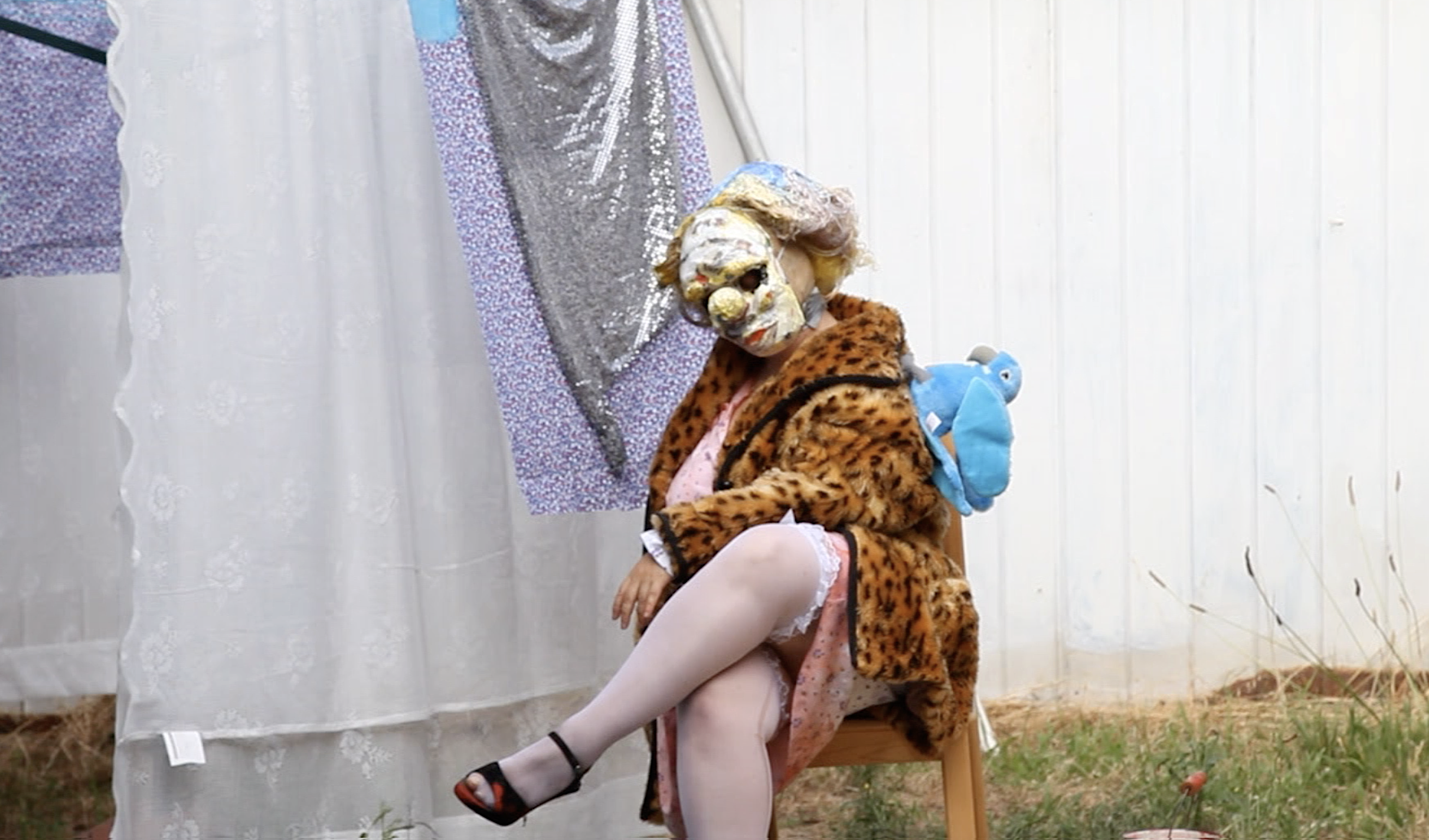
Katya Grokhovsky, Bad Woman, 2017, video still
How do you approach performance art? Is much of it planned through, or differs depending on the emotions of the day when you are either filming or performing live and then, therefore on the audiences’ reaction? What are the ideas that shape the performance ‘Immigrant Ball’?
I approach performance just like I approach a painting, except my brushes are my voice, movements, body and energy and my canvas is space, time and audience. I construct a concept, structure the flow and timing, prepare the visual aesthetics of the work and work on sound and movement, sometimes in collaboration with other artists. I never rehearse, but I conjure a space of charged ritual, gesture and an idea. The energy and feedback of the live moment fills in the blanks in the work and makes it come to life. Immigrant Ball explores class and discrimination and is performed durationally with a group of immigrant artists, in response to exclusion and stereotypical exploitation in the U.S.

Katya Grokhovsky, Immigrant Ball, 2018, photo Walter Wlodarczyk
How much does fashion contribute to your work? Fabric features throughout your art, what does that relate to for you?
My first degree is in Fashion, and I have always loved working with fabric. I am interested in its malleability, versatility and mobility, as well as the physicality and visceral possibilities of touch and embodied memories. It relates directly to the body and lived experience, especially for people who left everything behind. A piece of cloth can hold a world.
Can you tell us about The Immigrant Artist Biennial, why you started it, about your curation, who are some of the artists involved, its’ program, your hopes and what is next?
I initially established TIAB in 2019, curating majority of the first iteration titled Here, Together! in 2020 with over 65 artists across several venues in NYC and virtually. Based on my experience and observations, immigrant artists in the U.S often lack resources and a community as well as platforms for presentation of their work. We are currently working on developing our next iteration, which will take place in the Fall of 2023 and will be curated by a team of four curators I appointed, who are Katherine Adams, Anna Mikaela Ekstrand, Bianca Abdi-Boragi and Meghana Karnik.
My hope for the biennial is to find it a home base and consistent financial support, in order to sustain its future.

Katya Grokhovsky, The Future is Bright, 2019, photo Walter Wlodarczyk
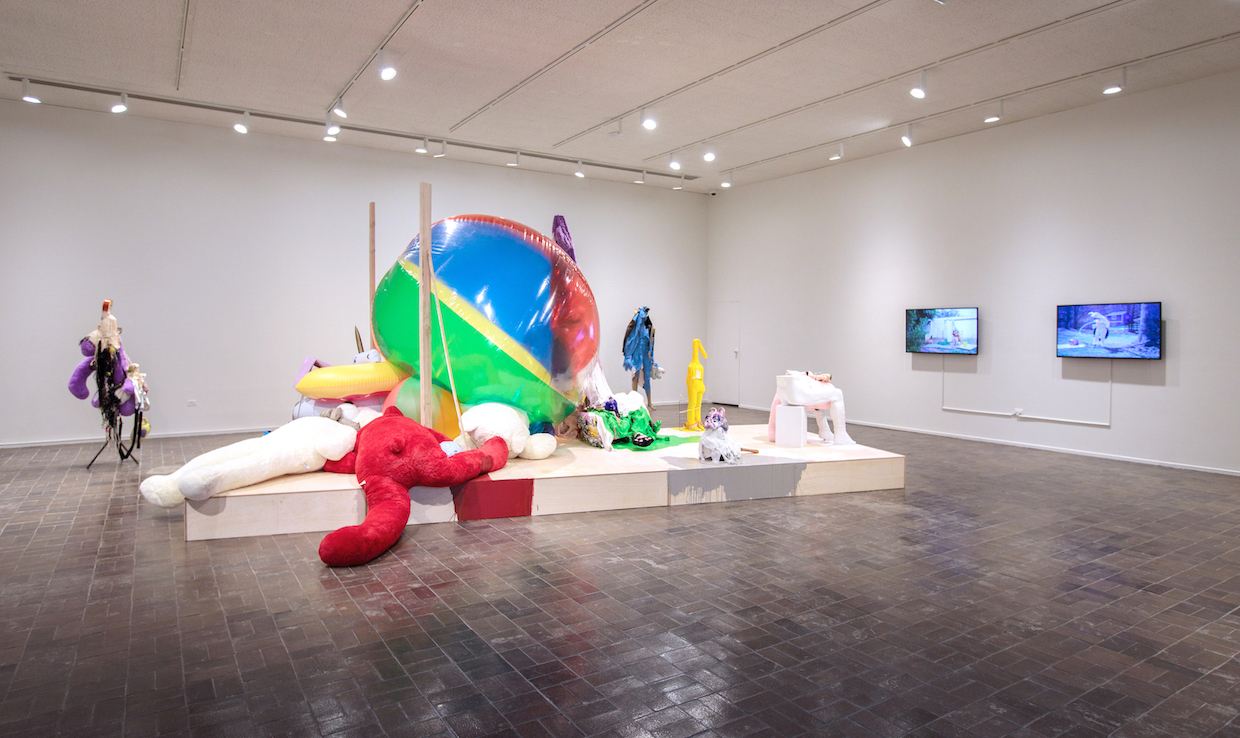
Katya Grokhovsky, System Failure, 2018, photo Walter Wlodarczyk
Born and raised in Ukraine, Katya Grokhovsky is a New York-based artist and educator. Grokhovsky received an M.F.A from the School of the Art Institute of Chicago, a B.F.A from Victorian College of the Arts, Melbourne University, Australia and a B.A (Honors) in Fashion from Royal Melbourne Institute of Technology, Australia. Grokhovsky’s work has been supported through numerous residencies including The Elizabeth Foundation for the Arts (EFA) Studio Program, Sculpture Space, Tiger Strikes Asteroid NYC STAR Residency, SVA MFA Art Practice AIR, Pratt Fine Arts Department AIR, The Museum of Arts and Design Studio Program, BRICworkspace Residency, Ox-BOW School of Art Residency, Wassaic Artist Residency, Atlantic Center for the Arts AIR, Saltonstall Foundation for the Arts Fellowship AIR, Studios at MASS MoCA, NARS Residency Fellowship, Santa Fe Art Institute Residency, Watermill Center, and more. She has been awarded the New American Fellowship, Brooklyn Arts Council Grants, NYFA Fiscal Sponsorship, ArtSlant 2017 Prize, Asylum Arts Grant, Australian Council for the Arts Grant, and Freedman Traveling Scholarship for Emerging Artists, among others. Past exhibitions and performances include Smack Mellon, BRIC Biennial, FLUX factory, EFA Project Space, Equity gallery, Queens Museum, MAD Museum and more. Grokhovsky is a Founding Director of The Immigrant Artist Biennial (est.2019).
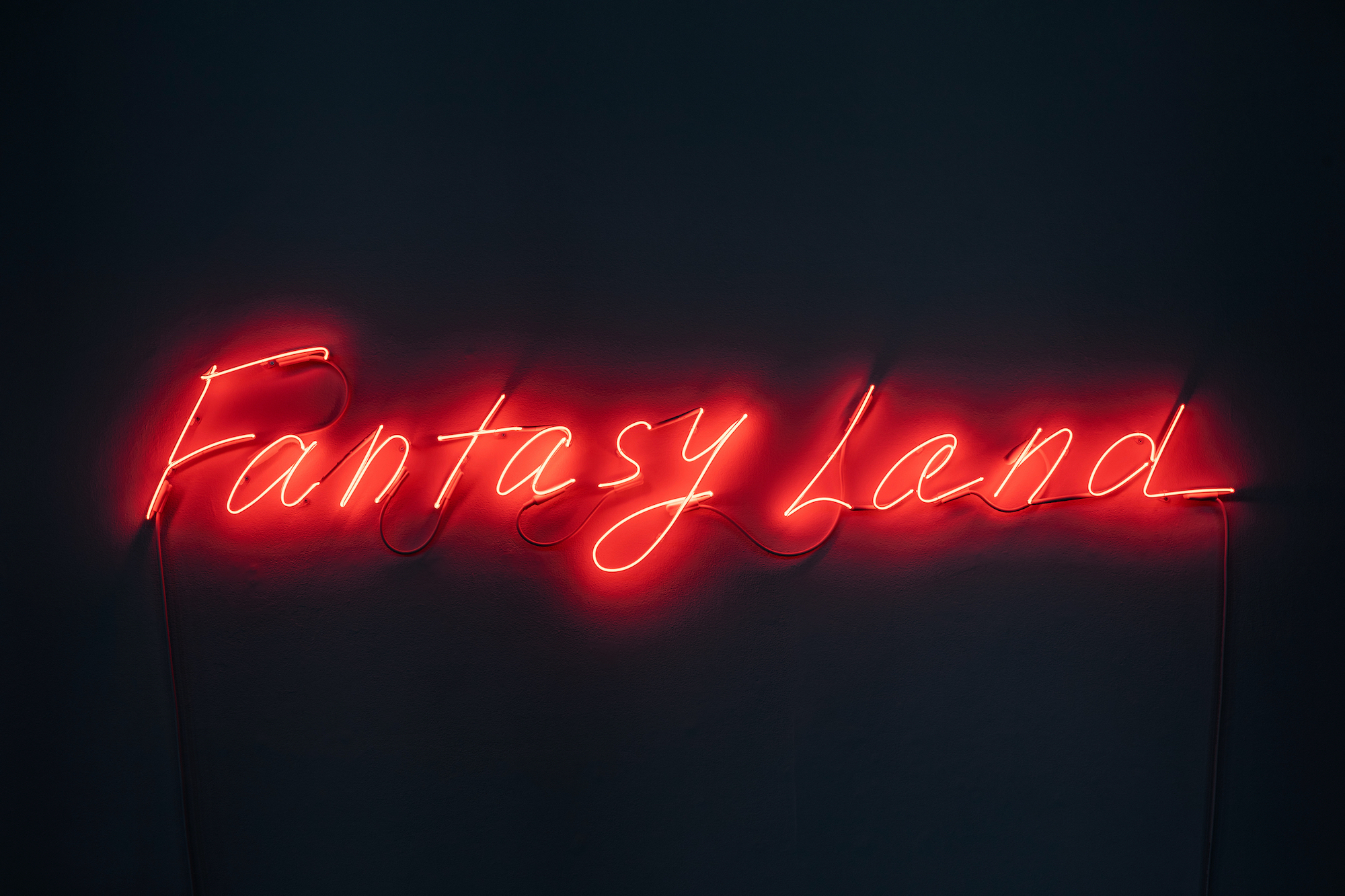
Katya Grokhovsky, Fantasyland, 2021, photo Walter Wlodarczyk
Katya Grokhovsky:
https://www.katyagrokhovsky.net
https://www.instagram.com/katyagrokhovsky/
The Immigrant Artist Biennial:
https://www.theimmigrantartistbiennial.com
https://virtual2020.theimmigrantartistbiennial.com
https://www.instagram.com/theimmigrantartistbiennial/
All pictures courtesy and copyright of Katya Grokhovsky
